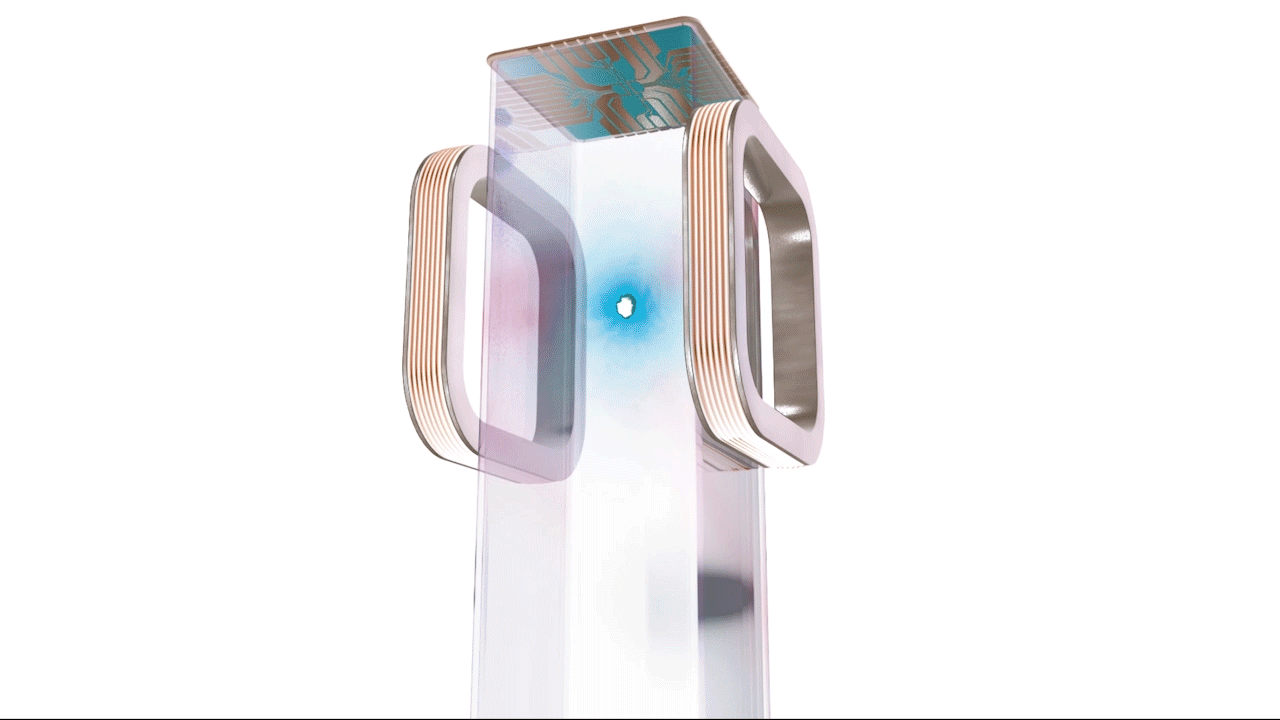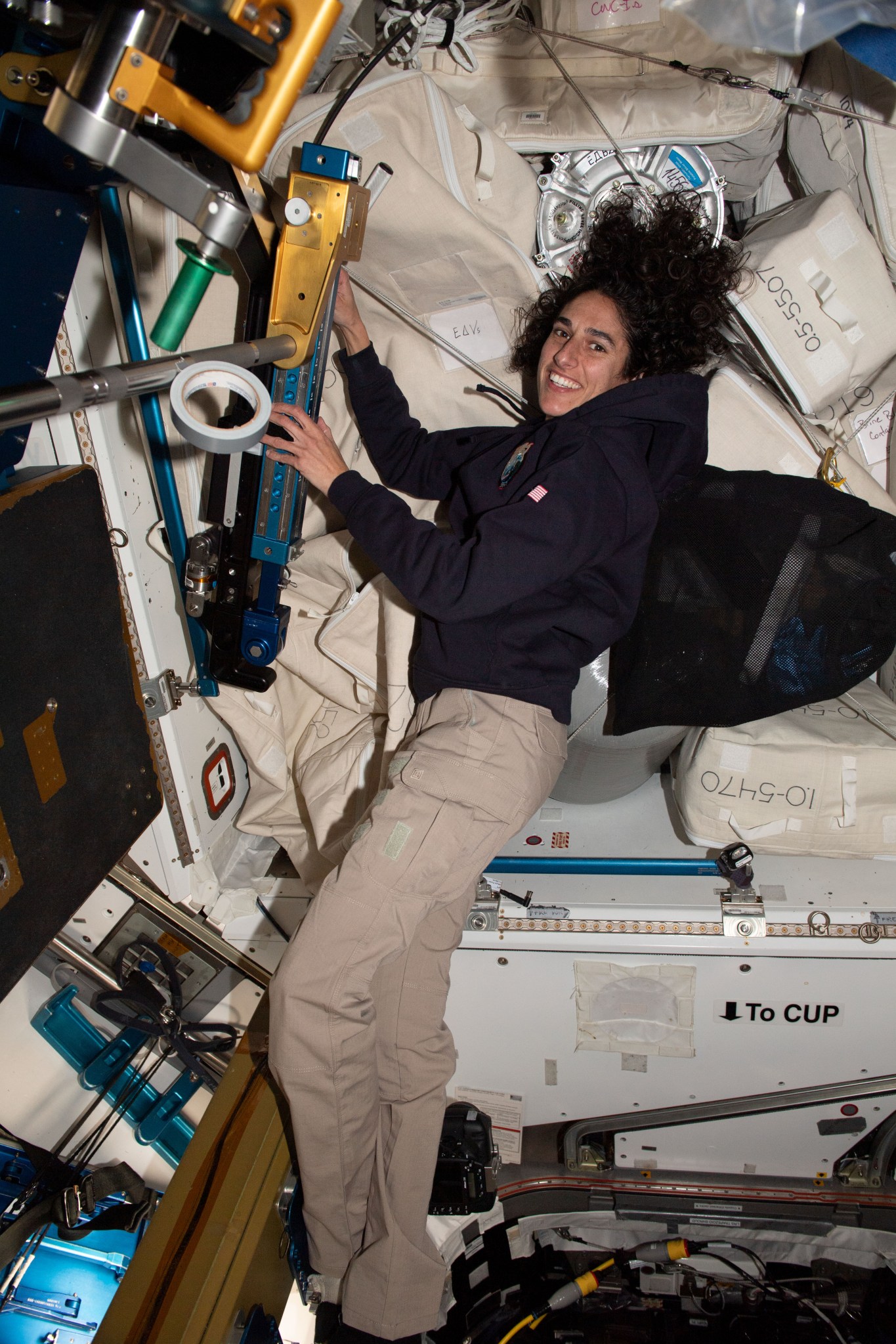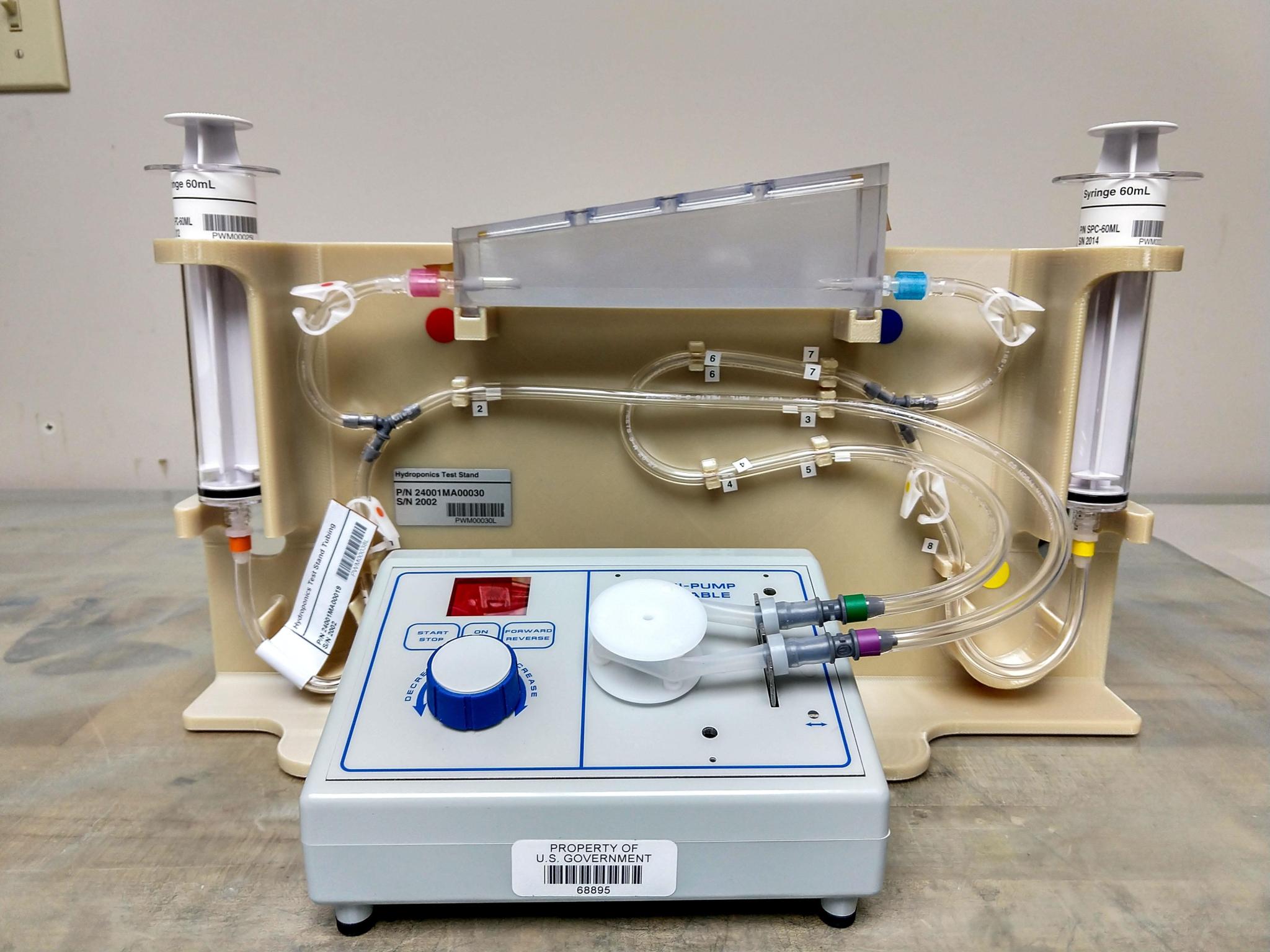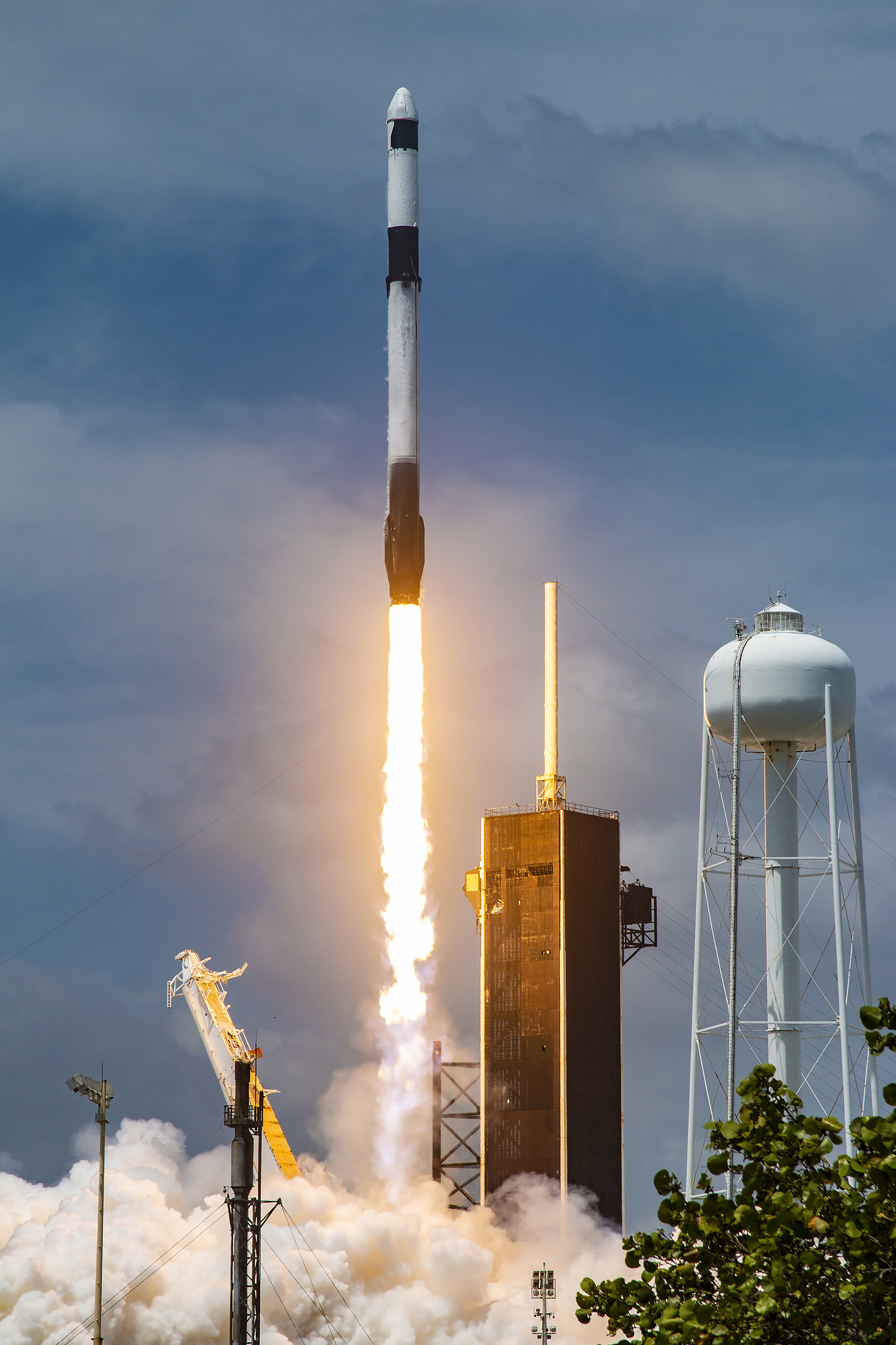In microgravity, without the continuous load of Earth’s gravity, the tissues that make up bones reshape themselves. Bone cells readjust their behaviors—the cells that build new bone slow down, while the cells that break down old or damaged bone tissue keep operating at their normal pace so that breakdown outpaces growth, producing weaker and more brittle bones. For every month in space, astronauts’ weight-bearing bones become roughly 1% less dense if they don’t take precautions to counter this loss. Muscles, usually activated by simply moving around on Earth, also weaken…
Read MoreTag: International Space Station (ISS)
Ham Radio in Space: Engaging with Students Worldwide for 40 Years
In May 2018, a student at Mill Springs Academy in Alpharetta, Georgia, Andrew Maichle, talked to NASA astronaut Scott Tingle on the International Space Station via amateur or ham radio. The experience profoundly affected Maichle, who went on to study electrical engineering at Clemson University in South Carolina. “It was so cool to see in real time the utmost levels of what people in science are able to accomplish, and to talk to and interact with someone at that level,” Maichle recalls. “The space station is an incredible work of…
Read MoreNASA Orbiter Snaps Stunning Views of Mars Horizon
4 min read NASA Orbiter Snaps Stunning Views of Mars Horizon This unusual view of the horizon of Mars was captured by NASA’s Odyssey orbiter using its THEMIS camera, in an operation that took engineers three months to plan. It’s taken from about 250 miles above the Martian surface – about the same altitude at which the International Space Station orbits Earth. NASA/JPL-Caltech/ASU The Odyssey orbiter captured clouds and dust in the Red Planet’s skies, along with one of its two tiny moons. Astronauts often react with awe when they…
Read MoreNASA Releases Its First International Space Station Tour in Spanish
Lee esta nota de prensa en español aquí. Record-breaking NASA astronaut Frank Rubio provides the agency’s first Spanish-language video tour of humanity’s home in space – the International Space Station. Rubio welcomes the public aboard the microgravity science laboratory in a behind-the-scenes look at living and working in space recorded during his 371-day mission aboard the space station, the longest single spaceflight in history by an American. The station tour is available to watch on the agency’s NASA+ streaming platform, NASA app, NASA Television, YouTube, and the agency’s website. Continuously…
Read MoreScience on Station: November 2023
7 min read Science on Station: November 2023 Inspiring Students with Ham Radio, Other Educational Programs As an orbiting microgravity laboratory, the International Space Station hosts experiments from almost every scientific field. It also is home to educational programs to encourage young people worldwide to study science, technology, engineering, and mathematics (STEM). These programs aim to inspire the next generation of space scientists and explorers and experts who can solve problems facing people on Earth. The first and longest running educational outreach program on the space station is ISS Ham…
Read MoreNASA’s Cold Atom Lab Sets Stage for Quantum Chemistry in Space
7 min read NASA’s Cold Atom Lab Sets Stage for Quantum Chemistry in Space This animation depicts six finely tuned lasers used inside NASA’s Cold Atom Lab to slow down atoms, lowering their temperature. Scientists can now use the lab to see how different types of atoms interact with each other at these cold temperatures. NASA/JPL-Caltech The remotely operated facility aboard the International Space Station has created another tool that researchers can use to probe the fundamental nature of the world around us. For the first time in space, scientists…
Read MoreNASA Astronaut to Speak with Florida Students from Space Station
NASA astronaut and Expedition 70 Flight Engineer Jasmin Moghbeli replaces cables on the advanced resistive exercise device inside the International Space Station’s Tranquility module. Students from the Creative Learning Academy in Pensacola, Florida, will have an opportunity this week to hear from a NASA astronaut aboard the International Space Station. The space-to-Earth call will air live at 9:30 a.m. EST Wednesday, Nov. 15. Watch the NASA+ streaming service at no cost on demand. The briefing also will air live on NASA Television, the NASA app, YouTube, and on the agency’s website. Learn how to stream…
Read MoreInvestigations launching aboard SpaceX-29 will help humans go farther and stay longer in space
The SpaceX-29 commercial resupply spacecraft will deliver numerous physical sciences and space biology experiments, along with other cargo, to the International Space Station. The research aboard this resupply services mission will help researchers learn how humans, and the plants needed to sustain them, can thrive in deep space. The biological and physical sciences investigations headed to the Space Station are: Plant Water Management-5 and 6 (PWM-5 and 6) NASA has grown plants on the Space Station even without the help of gravity. But microgravity does present challenges and affects Space…
Read MoreNASA, SpaceX Launch New Science, Hardware to Space Station
4 min read NASA, SpaceX Launch New Science, Hardware to Space Station NASA’s SpaceX 29th commercial resupply mission launched at 8:28 p.m. EST, Thursday, Nov. 9, from Launch Complex 39A at the agency’s Kennedy Space Center in Florida. Following a successful launch of NASA’s SpaceX 29th commercial resupply mission, scientific experiments and technology demonstrations, including studies of enhanced optical communications and measurement of atmospheric waves, are on their way to the International Space Station. SpaceX’s uncrewed Dragon resupply spacecraft, carrying about 6,500 pounds of cargo to the orbiting laboratory, launched…
Read MoreNASA Invites Public to Share Excitement of SpaceX’s Launch to Station
The SpaceX Falcon 9 rocket, carrying the Dragon capsule, lifts off from Launch Complex 39A at NASA’s Kennedy Space Center in Florida on June 5, 2023, on the company’s 28th commercial resupply services mission for the agency to the International Space Station. NASA’s SpaceX’s 29th commercial resupply services mission is targeted for liftoff no earlier than 8:28 p.m. EST Thursday, Nov. 9. SpaceX NASA is inviting the public to take part in virtual activities ahead of the launch of SpaceX’s 29th commercial resupply services mission to the International Space Station.…
Read More



